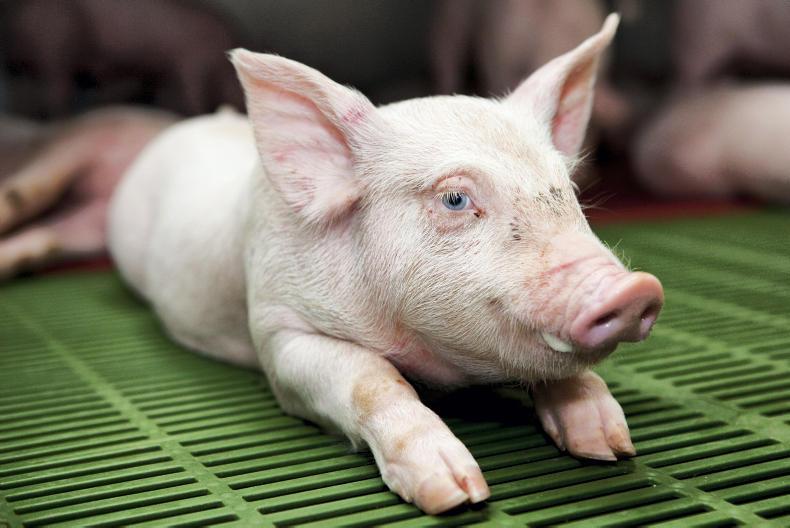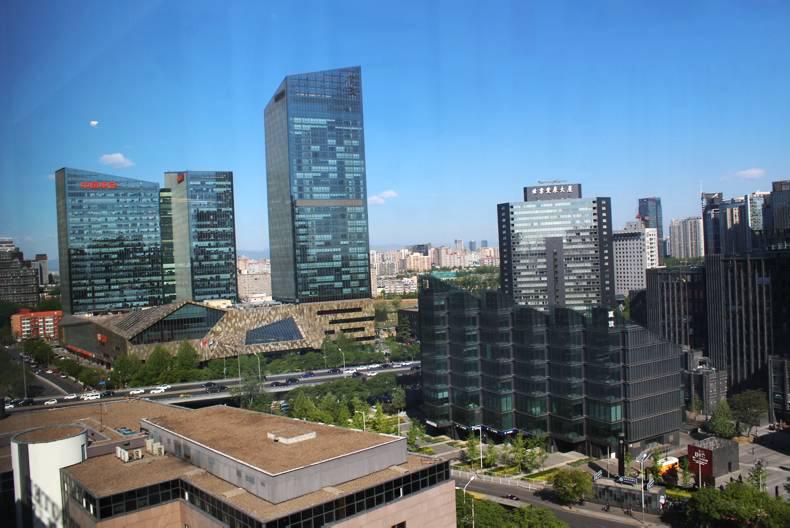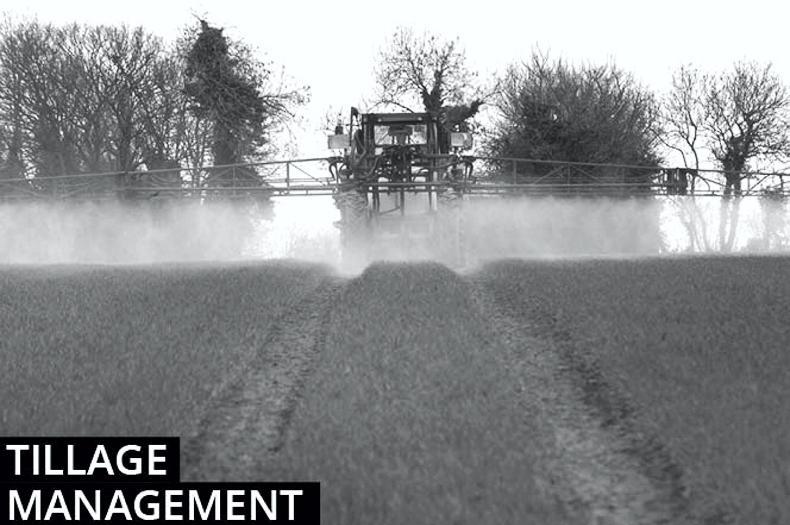The last time Frank Brady met the Irish Farmers Journal, he was weeks from closure.
Pig numbers throughout Europe had risen, the political unrest in Russia closed an important market and feed prices remained high. That was in May 2016, but 13 months later Frank is far more upbeat.
What has changed? Price.
Currently standing at €1.70/kg, there is now a comfortable margin for pig producers. A price rise to reflect the higher EU average price of €1.76/kg is expected by farmers.
“The factories are playing hard ball. They reckon they looked after us earlier on in the year and now it’s our turn to pay it back,” Brady told the Irish Farmers Journal on his farm in Co Cavan this week, in between selling a load of cull sows to a Rosderra agent and berating the fact that he was handed a fistful of bills again.
“If they consistently match the European price for the year we’re all happy but it will be hard to take if we are behind it, considering that we import significant volumes.”
Listen to Frank Brady in our podcast below:
Listen to "Pig producer Frank Brady" on Spreaker.
However, talking to factories it doesn’t seem that a price rise is likely. The supply of pigs across Europe reduced due to poor prices over the last two years, hence the higher EU average price now.
But Chinese imports in April were 10% behind the same month in 2016.
One factory said that a price rise will only occur if there is a retailer promotion on pigmeat.
Part of the trade mission to North America next week will centre around securing market access for the Irish pigmeat industry with Mexico.
Production costs
Teagasc estimates that the cost of production is €1.55/kg at the moment. That doesn’t mean that potential losses accrued during the two years of low prices will disappear overnight.
“It will take you a good 12 months to pull in one month’s extended credit,” said pig farmer Michael Maguire from Virginia, Co Cavan. “When prices are low, farmers stop investing in infrastructure and then performance levels drop. What has kept us in production is the increase in bonham lives.”
Pigs produced per sow per year are up to 26.3 for 2016 from 24.8 in 2015, according to Teagasc figures. In terms of tonnes of pigmeat per sow, that works out at 2.179t, up from 2.058t. Grower performance has an average daily gain (ADG) of 697g from weaning to sale and a feed conversion efficiency of 2.42.
According to Maguire, there is still a need for a more integrated pig sector and a consistently stable feed and pig price through use of futures markets.
Shipping slurry
A more pressing concern for pig producers is the ending of the transitional nitrates arrangements.
“I think there’s going to be serious problems, especially in the regions that are seriously intensive in pigs,” Brady said. Exporting slurry to other farms used to cost him 50c/pig, but he now estimates that it is closer to €2/pig. Slurry has to be exported over further distances as piggeries expand and as dairy farming intensifies.
The arrangements allowed pig and poultry farms to apply manure in excess of crop requirements. However, that ended last year and additional arrangements were put in place that allow pig slurry imported during the closed period of 2017 to count towards 2018 nitrogen and phosphorous limits. Brady believes it is time for the tillage farmers to start paying more than just a contribution towards transport costs for pig slurry.
Maguire agrees. He suggests a subsidy for tillage farmers who store pig slurry on their farm.
“Every gallon of pig slurry has a nutrient value of €24. There has to be recognition of that from tillage farmers. Some farmers are paying up to €5/pig in transport costs,” Maguire said.
Lessons
As reported last week, the shortage of labour in the dairy industry has become a real challenge this spring, in particular. However, pigmen had to overcome this challenge a long time ago, so managing staff is part and parcel of the business.
“There is a gap for experienced people in farming and there’s an ongoing challenge to get better people in as management,” said Maguire, who finishes 20,000 pigs/year. “You have to make dairy more attractive for people to come work, start with the colleges.”
However, Brady describes expansion in dairy as “crazy”... firstly “you won’t get the staff”, secondly “you’re going to have issues with nitrates” and thirdly “you’re just producing more for less”.
Brexit
If England leaves the customs union, Brexit is going to become a serious issue in the pig industry, with 7,000 to 8,000 pigs travelling across the border every week. There isn’t enough processing capacity in the south to deal with the volume we produce.
“We need the Northern Irish factories and they need us. There has to be a special case for Northern Ireland,” Maguire said. “We can’t deal with a hard border.”











SHARING OPTIONS